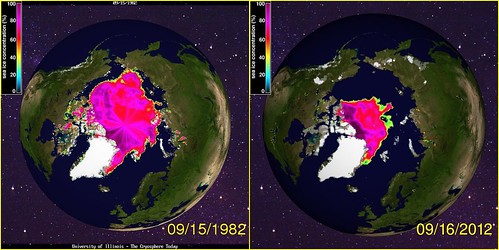 They vote this evening, about right now.
Here are videos of yesterday morning’s Work Session.
The
Forestry report referred to a report that the public can’t see.
What the forestry rep reported was mostly numbers of burn permits.
They vote this evening, about right now.
Here are videos of yesterday morning’s Work Session.
The
Forestry report referred to a report that the public can’t see.
What the forestry rep reported was mostly numbers of burn permits.
County Manager Joe Pritchard had to stop Chairman Bill Slaughter from adjourning so he could say: “Friday afternoon we received a request for electronic signalling at highway 41.” County Engineer Mike Fletcher elaborated that it was a railroad pre-empt that would not allow for left turns onto Tillman Crossing when there’s a train. Request came from Norfolk Southern. Chairman agreed to add it to the agenda, then they adjourned.
The annual continued funding for the Little River USGS stream gage at GA 122 costs $400 more this year. Commissioner Marshall wanted to know what happened with the automated gage reporting system he thought they voted for previously, that would send reports when the gage was high. County Manager Joe Pritchard said that was actually the SCADA system for the county’s wells and sewage lift stations. Commissioner Mark Wisenbaker wanted to know how this gage operates. Box on bridge, tube down into river, monitors height and flow, reported through a cell phone, real time data on the web. It’s been there long enough to establish flood stages and advanced warning levels so people can protect their property.
The Abandonment of a portion of Spain Ferry Road and Kinderlou Clyattville Road turns out to be from Continue reading






